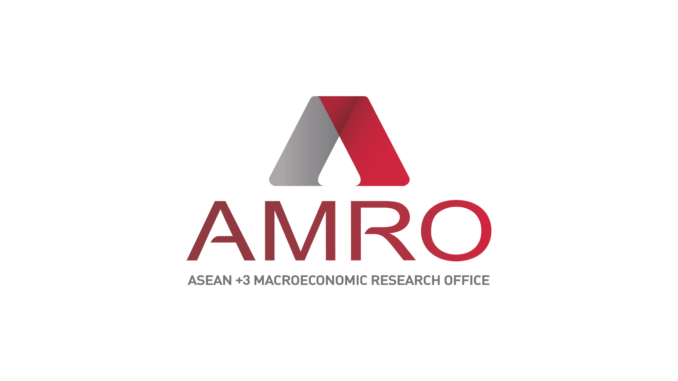
The ASEAN+3 Macroeconomic Research Office (AMRO) expressed optimism about the Philippine economy’s performance, predicting a 6.1 percent gross domestic product (GDP) growth in 2024. This growth is expected to continue into 2025, reaching 6.3 percent.
“Higher government spending, an uptick in external demand, and strengthening domestic demand are driving this growth,” said AMRO principal economist Runchana Pongsaparn.
Pongsaparn said private consumption is anticipated to accelerate due to a strong labor market, lower inflation, and robust overseas remittances. With the easing of monetary policy, private investment sentiment is expected to improve.
AMRO conducted its annual consultation visit to the Philippines from Aug. 27 to Sept. 6, 2024, during which they made this preliminary assessment.
It noted that in the first half of 2024, the Philippine economy grew 6.0 percent, fueled by strong domestic demand and export recovery. The labor market remained robust, boosting domestic consumption. Inflation continued its downward trend, reflecting a moderation in international commodity prices, government inflation-control measures, and tight monetary policy.
AMRO said the current policy mix is appropriate but can be adjusted to support economic growth while rebuilding policy buffers. The AMRO team, led by Pongsaparn, met with government officials to discuss risks, challenges, and policy options for sustaining growth, anchoring inflation expectations, restoring fiscal buffers, and addressing long-term structural issues.
AMRO projects the inflation rate to decline to 3.3 percent in 2024 from 6.0 percent in 2023, and further to 3.1 percent in 2025. While upside risks like wage increases and local food supply shocks remain, the slowdown of headline inflation is expected to continue due to lower international prices of fuel and food, and tariff cuts on imported rice.
AMRO noted that current account deficits narrowed, net direct investment inflows increased, and external debt remained low. The banking system remained resilient, with ample liquidity, robust profitability, and high capital buffers. The fiscal position continued to improve in 2024, supported by a significant increase in revenue despite higher fiscal expenditure.


Be the first to comment